
Every year on July 30th, the world observes the World Day Against Trafficking in Persons — a day dedicated to raising awareness about one of the most heinous human rights violations of our time. Human trafficking affects millions globally, stripping individuals of their freedom, dignity, and hope. It is a crime that transcends borders, cultures, and societies, demanding a united, global response.
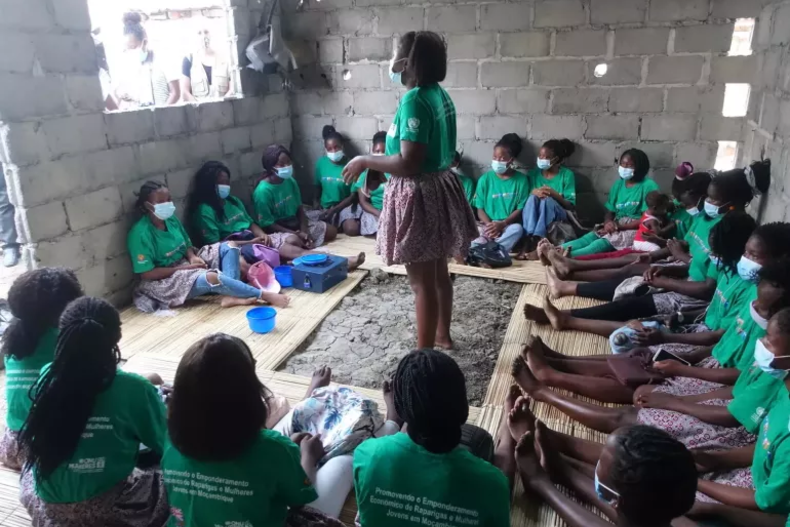
According to the United Nations, an estimated 25 million people worldwide are victims of trafficking — subjected to forced labor, sexual exploitation, and other forms of modern slavery. An estimated 25 million people are recruited and exploited around the world each year, mostly women and children.
Trafficking generates approximately $150 billion annually in illicit profits, making it one of the largest criminal enterprises globally. Women and girls constitute 71% of all detected victims of trafficking. Children are also severely affected, accounting for almost 30% of cases.
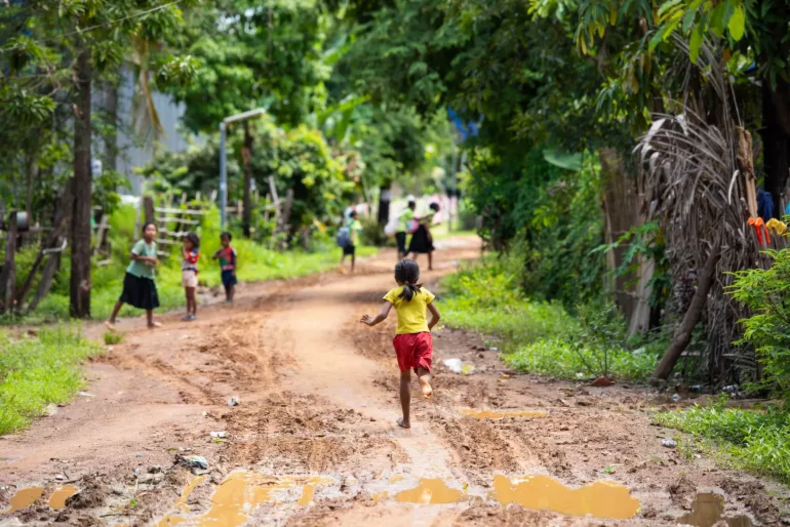
The World Day Against Trafficking in Persons was established by the UN General Assembly in 2013 as a reminder that combating trafficking requires vigilance and commitment at all levels — local, national, and international.
It is a day to honor survivors and support their recovery, and to recognize the tireless work of governments, NGOs, law enforcement, and activists who fight to dismantle trafficking networks.
It is also a moment to educate communities about the signs of trafficking and how to report suspicious activities.
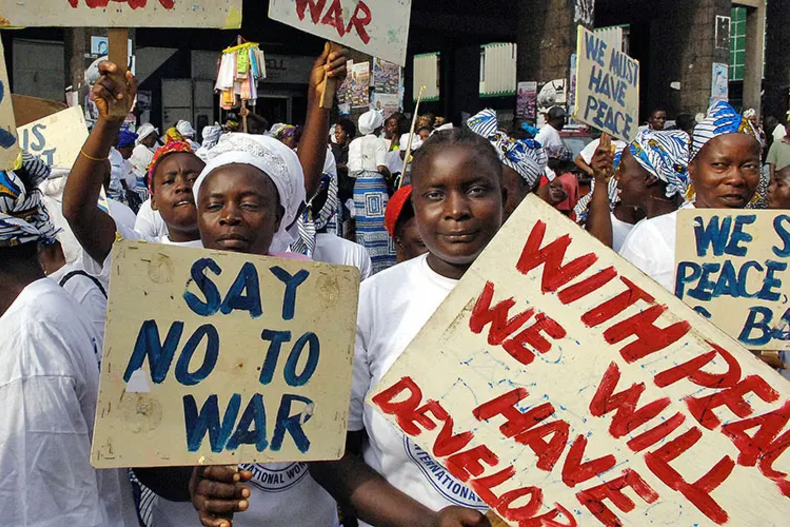
The global situation today presents new and complex challenges. Conflict zones, forced migration, and economic instability have intensified vulnerabilities, pushing more people into the hands of traffickers.
For example, displaced populations are particularly at risk — with UNHCR reporting that refugees and asylum seekers face higher risks of exploitation.
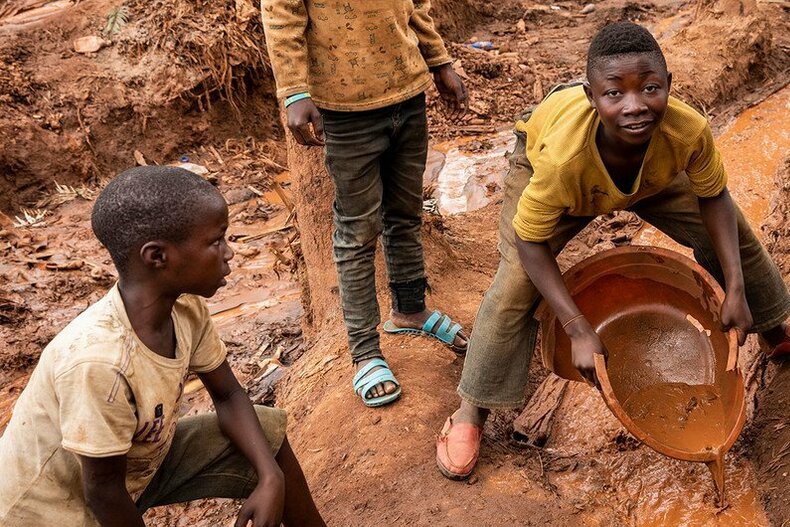
The COVID-19 pandemic further exacerbated these risks, as lockdowns and economic hardship created fertile ground for exploitation.
According to some reports, the pandemic led to an increase in trafficking of children for forced labor and sexual exploitation.
Technology is a double-edged sword: while it enables traffickers to operate with greater reach and anonymity, it also offers new tools for detection and victim support. Harnessing these tools responsibly is crucial.
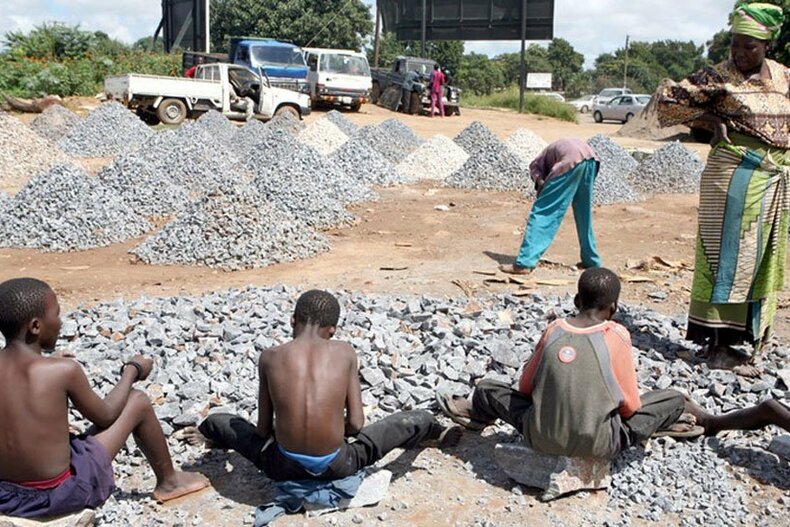
Fighting trafficking requires a holistic approach:
- Stronger Legal Frameworks: Countries must enact and enforce laws that criminalize all forms of trafficking and protect victims.
- Victim-Centered Support: Survivors need access to healthcare, legal aid, psychological counseling, and social reintegration programs.
- International Cooperation: Trafficking is a transnational crime that demands cross-border partnerships, intelligence sharing, and coordinated action.
- Public Awareness: Education campaigns can empower communities to recognize and prevent trafficking.
- Addressing Root Causes: Tackling poverty, inequality, lack of education, and conflict is essential to reduce vulnerability.

Every individual has a role to play. From supporting ethical businesses that reject forced labor, to advocating for stronger policies, to simply staying informed and vigilant — our collective action can make a difference.
On this World Day Against Trafficking in Persons, let us renew our commitment to justice, freedom, and human dignity. Together, we can build a world where no person is bought, sold, or exploited.
Yours
sincerely

